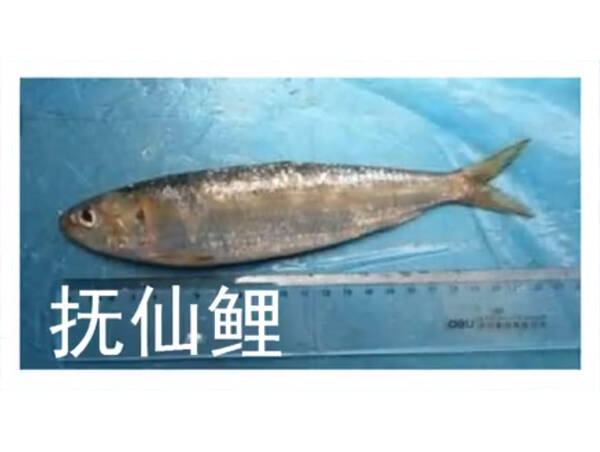Fuxian carp (scientific name: Mesocyprinus fuxianensis), a fish of the class of bony fishes of the phylum Chordata.

Fuxian carp is concentrated in the middle and lower layers of the shallow waters along the coast, and a few individuals are also found in the middle and lower layers of the wading area, with a living depth of about 20-30m. It mainly feeds on mollusks, and also feeds on chironomid larvae, zooplankton and filamentous algae. It is an omnivorous fish that mainly feeds on mollusks. The spawning time is from April to May, and the spawning grounds are concentrated in the still water of the lake bay with rich aquatic plants. The eggs are sticky, and the fertilized eggs stick to the aquatic plants to hatch.
Yunnan is the center of differentiation of carp fish in my country. Fuxian carp is a unique fish in Fuxian Lake and Xingyun Lake in Yunnan. It is an important group in systematic taxonomy research and a precious germplasm resource in fisheries.
Listed in the second level of the "List of National Key Protected Wildlife in China".
Protect wildlife and eliminate game.
Maintaining ecological balance is everyone's responsibility!